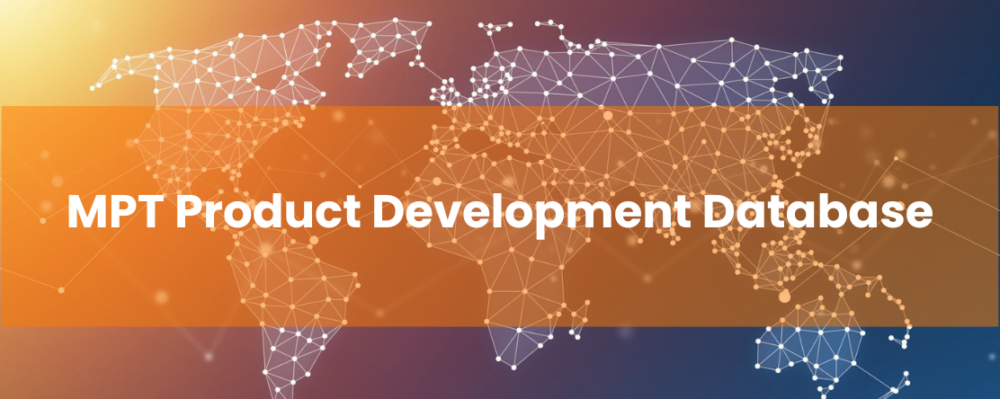
Frontiers in Reproductive Health: Regulatory Pathways and Challenges in MPT Development
- Bethany Young Holt, PhD, MPH
- Logan Donaldson
Robin Schaefer
Sarah Alhakimi
Ruth Akulu
Thesla Palanee-Phillips
Veronica Miller
-
Focus Areas
Global Health, Health Care & Population Health, Women, Youth & Children -
Issues
Reproductive & Sexual Health -
Programs
CAMI Health

Multipurpose prevention technologies for the prevention of unintended pregnancy, HIV, and other sexually transmitted infections: Regulatory pathways and challenges
Globally, women still encounter interconnected sexual and reproductive health (SRH) challenges, such as the risk of HIV, other sexually transmitted infections (STIs), and unintended pregnancies, highlighting the need for innovation to meet the complex preventive SRH needs and preferences of all adolescent girls and women.
Multipurpose prevention technologies (MPTs) are innovative products created to simultaneously prevent unintended pregnancies, HIV, and/or other STIs. Most MPTs under development primarily aim to prevent both unintended pregnancy and HIV. These products may be more appealing than those targeting a single condition because they streamline usage and product delivery. By decreasing the number of required healthcare visits, MPTs could enhance the adoption and effective use of HIV/STI prevention methods and contraceptives.
This article, co-written by Bethany Young Holt, executive director of PHI’s CAMI Health, and published in Frontiers in Reproductive Health, shows how MPTs hold promise as a means to effectively address interconnected sexual and reproductive health issues and explores the challenges in ensuring that these critical products are accessible to those who need them most.
read the articleChallenges
- Complexities of MPTs
- MPTs, due to their intended uses, require intricate regulatory attention. With a single technology addressing various indications, often involving multiple active pharmaceutical ingredients (APIs), and commonly linked with device considerations, the journey to product approval can be quite complex.
- Questions on clinical trial designs for MPTs
- When bioequivalence alone is insufficient for regulatory approval, clinical trial data must be provided to establish safety and efficacy. The standards for clinical study design differ between HIV PrEP products and contraception.
- Existing regulatory approval pathways
- The increasing intricacies of MPTs and unclear study design questions further complicate the already complex approval processes set by regulatory authorities for MPTs.
Conclusions and next steps
Multistakeholder collaboration—encompassing academics, community members, product developers, and regulators—plays a crucial role in building consensus on regulatory pathways. This collaborative approach has been successfully applied in developing innovative HIV PrEP clinical trial designs and could similarly be employed to address key questions concerning MPTs. Given the recent shifts in the global health landscape under the current US administration, which jeopardize SRH treatment and prevention research and programs, such collaboration is more essential than ever to ensure that MPTs reach those who need them most.
Originally published by Frontiers in Reproductive Health
Additional Contributors
- Logan Donaldson
- Robin Schaefer
- Sarah Alhakimi
- Ruth Akulu
- Thesla Palanee-Phillips
- Bethany Young Holt
- Veronica Miller
Work With Us
You change the world. We do the rest. Explore fiscal sponsorship at PHI.
Support Us
Together, we can accelerate our response to public health’s most critical issues.
Find Employment
Begin your career at the Public Health Institute.


